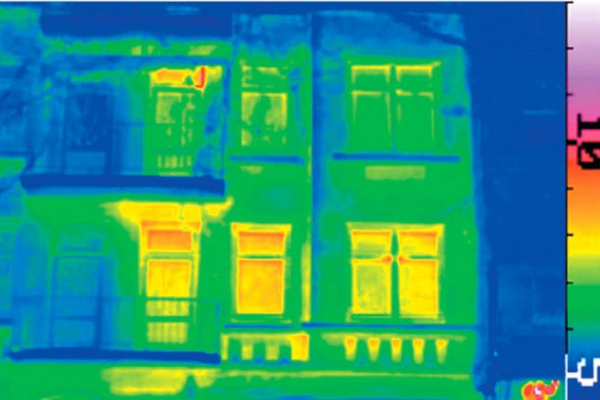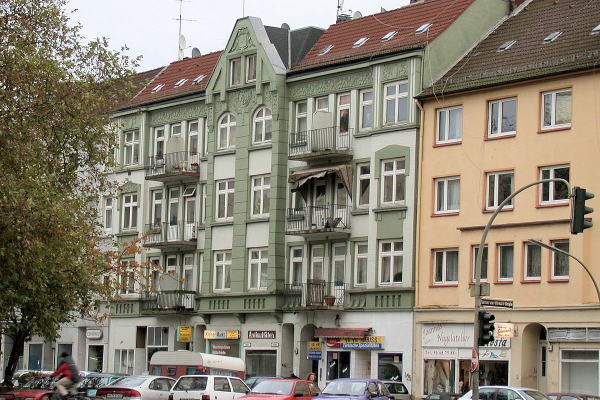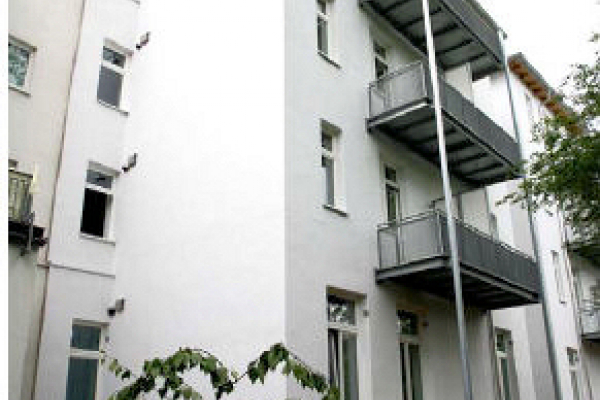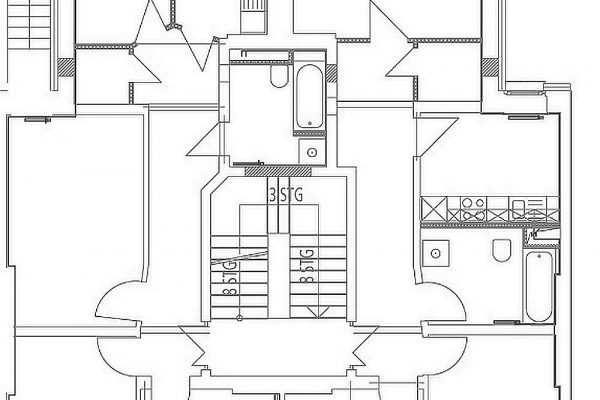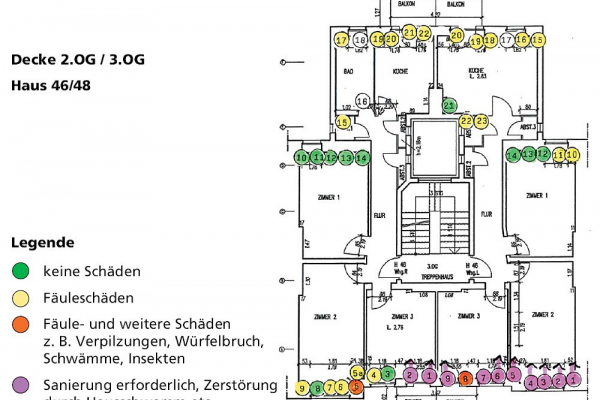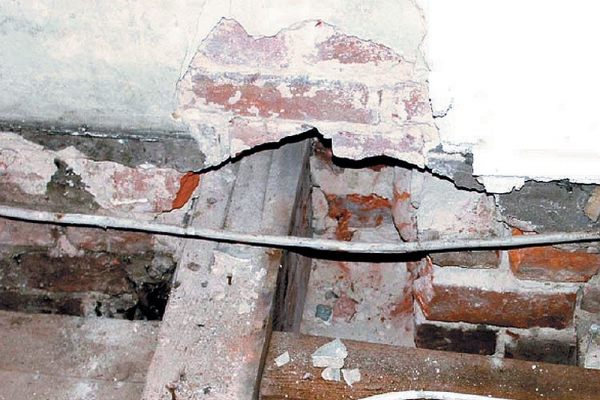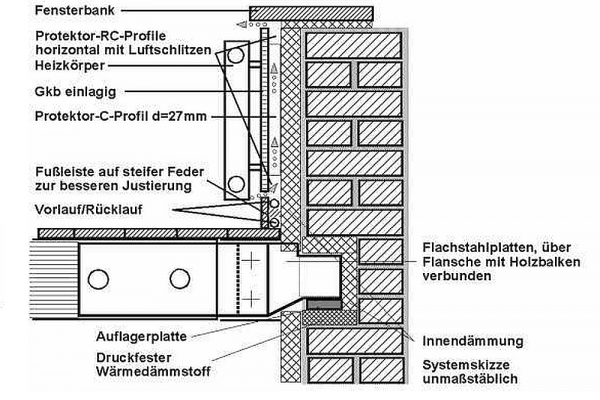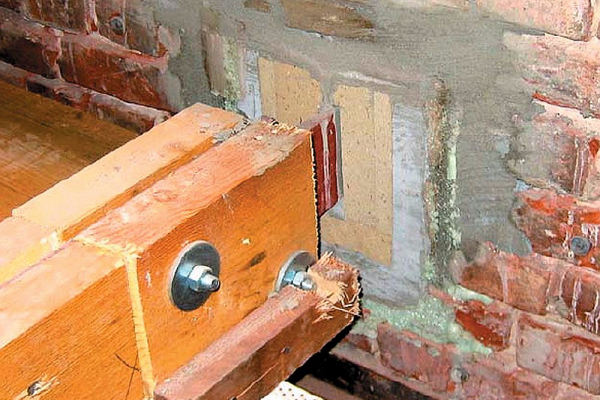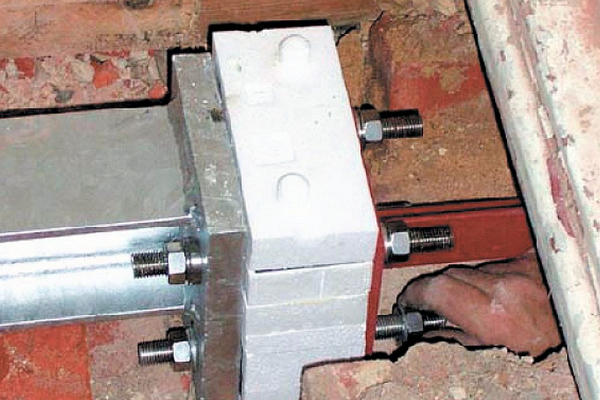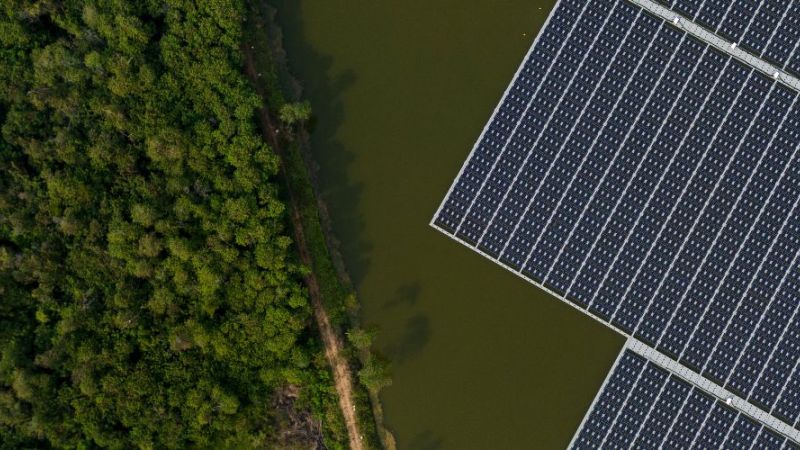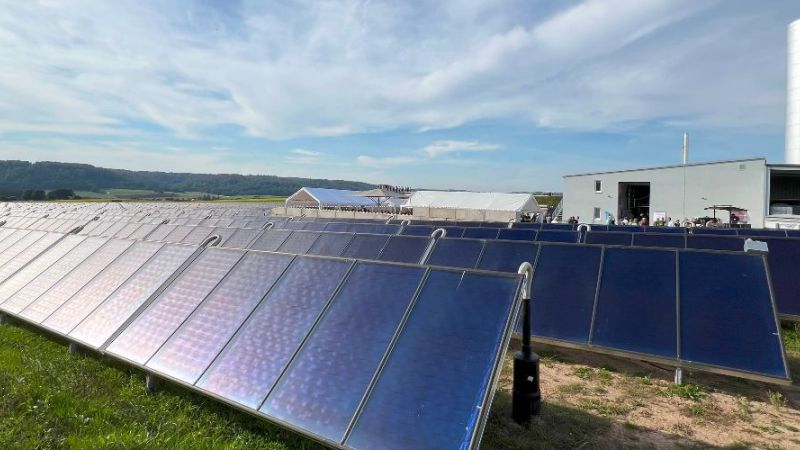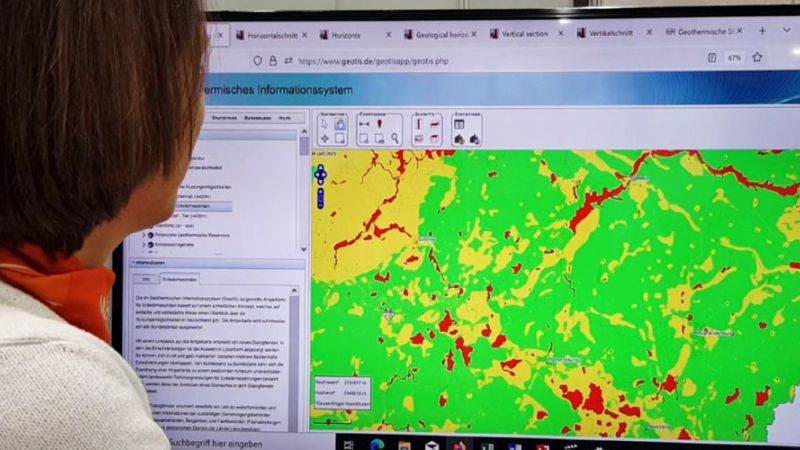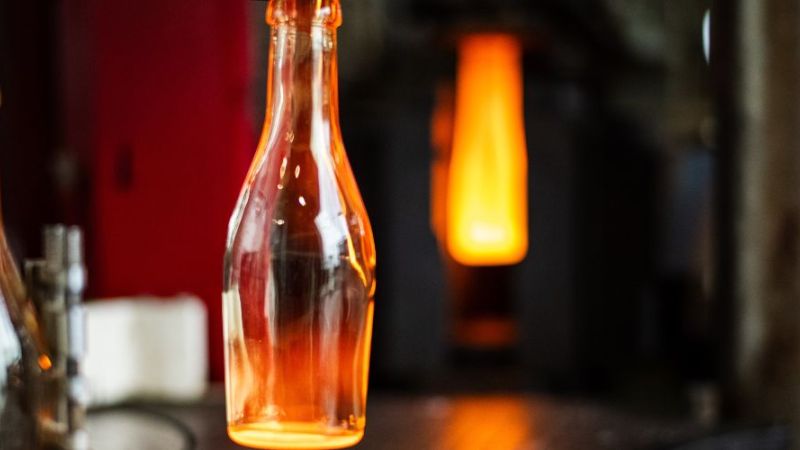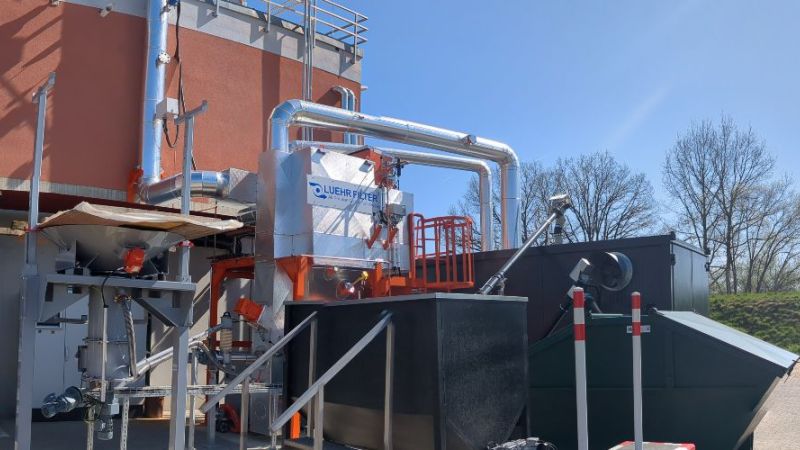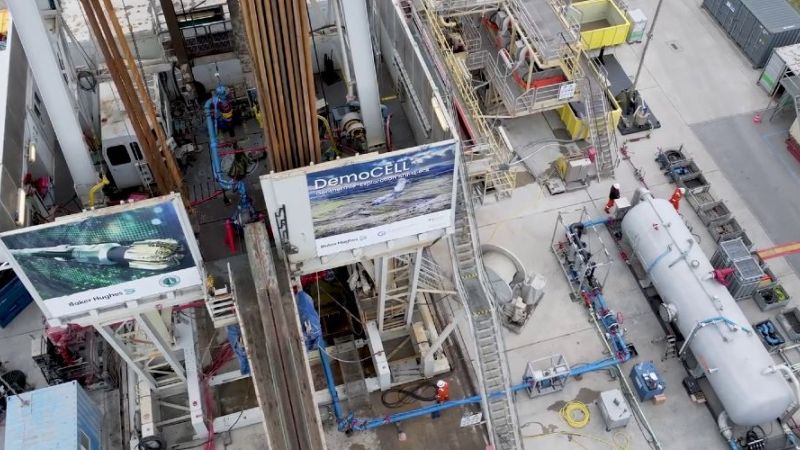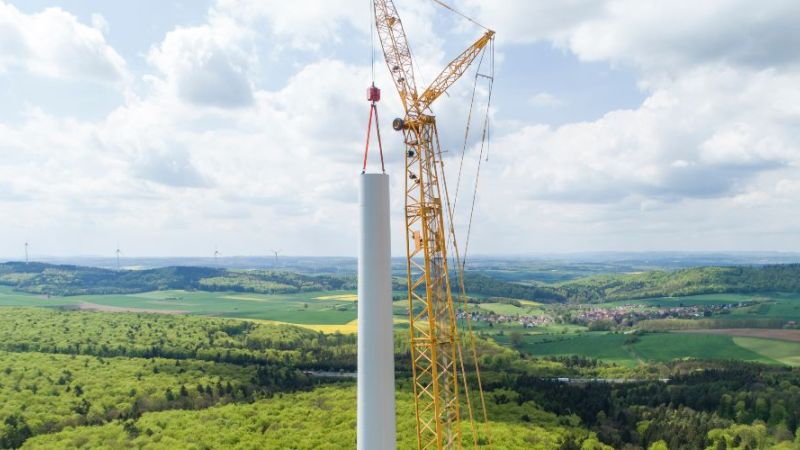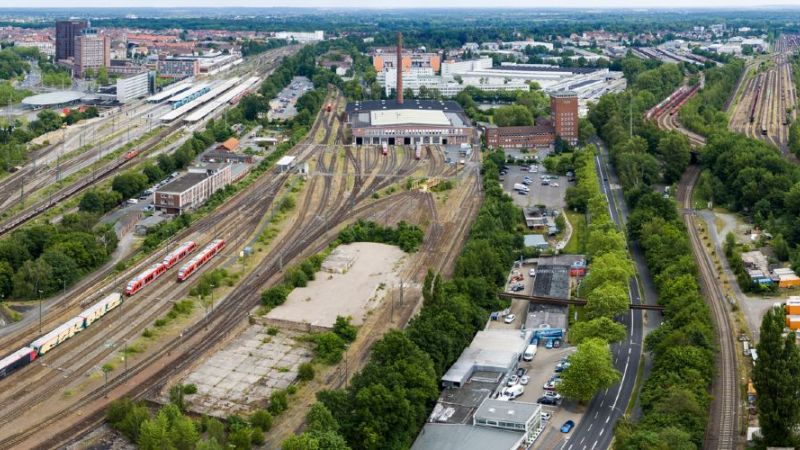 © Target gmbH, Hannover
© Target gmbH, Hannover
Gründerzeit houses
Historic facades require special detail solutions
In Hamburg, a Gründerzeit house comprising two structurally identical building sections has been fully refurbished. Special attention was paid to the development of solutions that can be transferred to the refurbishment of other buildings built at the turn of the 20th century. The historic facade, which merited preservation, was furnished on the inside with rear-ventilated thermal insulation made of calcium silicate panels. One focus of the refurbishment scheme – the refurbishment of the timber beam ceilings – has resulted in a new beam head structure that ensures that the ceiling beams are thermally decoupled from the outer wall.
In Hamburg, a Gründerzeit house that comprises two structurally identical building sections was refurbished as a model project. The refurbishment was carried out according to two standards: one half of the house according to the Hamburg climate protection programme (HH standard), and the other according to the stipulations of the research field “Enhanced building fabric performance” (EnSan), which is part of the “Energy-optimised construction” (EnOB) support initiative. By doing this it was possible to compare the two alternative refurbishment standards in respect of energy efficiency and costs. One goal of the refurbishment was to reduce the calculated primary energy consumption of approximately 315 kWh/m² p.a. by more than 50%. Particular attention was paid to developing transferable solutions for the refurbishment of Gründerzeit houses. For instance, interior insulation of the front facade and new refurbishment solutions for balconies and beam heads were called for, in order to reduce heat losses and prevent moisture damage. The building is now occupied again, and has been subjected to intensive measurement-based testing.
Dating from 1907, the building is owned by Stadterneuerungs- und Stadtentwicklungsgesellschaft Hamburg mbH (STEG Hamburg mbH) and is situated centrally just a short distance west of Hamburg city centre in the St. Pauli district. In 1997 the area was declared the St. Pauli – Wohlwillstrasse redevelopment area by the Hamburg Senat.
The residential building comprises two building sections with identical floor plans and four full storeys, with a total of 14 flats and four commercial units. The top floor has been partially converted. The front facade, decorated with stucco elements, faces west, and is characterised by the projecting balconies on the first to third upper storeys. Situated behind the staircase is a patio, via which a number of interior rooms are lit and ventilated. The exterior brickwork walls taper from the ground storey to the storeys above (56 cm in the cellar, 36 cm on the 3rd storey).
The building was essentially in its original condition and urgently required refurbishment. Heating was previously realised in a variety of ways, with individual stoves for wood, coal, gas, electricity, or individual gas-fired central heating systems. Water heating was also realised with various different systems.
Refurbishment concept
The concept, which arose after a comprehensive appraisal, was to refurbish the mirror-image building halves with different levels of energy-optimisation so as to enable a comparison between the energy requirement and the measured energy consumption, and also to compare the refurbishment costs. The standard building (left building half) was refurbished according to the requirements of the Hamburg climate protection programme. These requirements are slightly stricter than the German Energy Saving Ordinance as applicable at that time. The EnSan building (right building half) was modernised with a more ambitious level of energy-optimisation in accordance with the EnSan research field which is part of the EnOB support initiative.
The historical facade was to be preserved. For this reason, the EnSan building was insulated by means of non-vapour retardant interior insulation with 5 cm thick calcium silicate panels which are protected on the inside by a gypsum fibre panel. The refurbishment of the standard building’s front facade was realised without insulation measures as of the 1st upper storey (except for the window reveals). The exterior insulation applied to the rear facades was 10 cm thick for the standard building, and 16 cm thick for the EnSan building. The roof insulation, the cellar ceilings, and the floors of the rooms which have no cellar beneath, were significantly improved in comparison to the initial state.
The wooden beam heads were retained in the standard building where possible. This required a design measure to minimise wood moisture in the beam support area that would be developed as a low-cost, simple, robust and transferable solution. In the part of the building with the EnSan standard, thermal optimisation was carried out. The newly developed beam head structure avoids direct contact between the wood and the masonry by adding an insulated flat steel bracing to the ceiling beam in the area where it makes contact with the wall. This thermal isolation solution can be implemented regardless of the thickness of the ceiling beams.
Energy concept
The aim of the refurbishment measures is to halve primary energy consumption. In addition to extensive insulation measures for the facade, roof and windows along with thorough refurbishment of the beam head areas, ventilation in the EnSan building is implemented via central ventilation devices with heat recovery in order to achieve the planned characteristic values. The air change rate can be selected by and for each apartment individually. In the standard building, residents open the windows for ventilation. An exhaust air system is only installed in the bathroom and lavatory.
A modulating condensing gas boiler (60 kW) with two buffer storage tanks (each 1,000 l) serves to generate heat for both building halves. A solar thermal system with a collector surface area of 30 m² supports the entire building’s heating system, primarily by supplying hot water.
Performance
The aim of reducing primary energy requirements by at least 50% was actually exceeded. The results from 2007 show that the energy-oriented refurbishment reduced the heating energy consumption by more than 70%, and even by more than 80% in the EnSan building, although the ventilation systems were only used sporadically. The effect of the interior insulation is evident on the interior of the exterior walls. In the EnSan building, the surface temperature is noticeably higher than in the standard building.
Practical experience shows that establishing air tightness in old buildings of this type is highly laborious. Problem areas, for example, are leaky building connection walls, and unplastered exterior walls at the level of the wooden beam ceilings, as these are barely accessible in some instances.
Optimisation measures and possibilities
The ventilation system with heat recovery was only rarely used, as many tenants believed that electricity costs would rise excessively. This is the main reason for the somewhat elevated consumption values. The occupants should not have the possibility of switching the system off completely. It makes sense to have a minimum air change. The room temperature and ventilation control system should be designed in a way that is self-explanatory for users.
Construction costs and economic viability
The total gross costs are 1,495 euros per square metre of living space. Of this, 704 euros/m² is attributable to the energy-oriented refurbishment. The energy-related additional costs for the refurbishment of the EnSan building came to 232 euros/m² of living space.
If one looks solely at the energy costs, then based on the building’s living area and usable floor area these are 704 euros/m² (based on the usable floor area AN 506 euros/m²). The billing also confirms that for a building of this age in the condition it was in with the need for restoration and backlog of refurbishment, the energy costs are almost 50%.
Increased costs arose mainly in the work sections of plastering, renewal of lintel beams, taking up and disposal of existing flooring and existing bulk material, renewal of beam head supports, renewal of false ceilings and levelling off surfaces. The severity of rot in the wooden beams was less than expected, with the result that the costs of the refurbishment were less than the planned value.
The calcium silicate internal insulation that was selected is about two and a half times more expensive than an externally applied thermal insulation composite system that achieves double the thermal insulation effect. Including the thermally isolated beam heads, the internal insulation generates costs that are four to five times higher.
| Building owner | Stadterneuerungs- und Entwicklungsgesellschaft Hamburg mbH (STEG Hamburg mbh) |
| Building type | Gründerzeit house, solid building |
| Year of construction | 1907 |
| Refurbished | 2006 |
| Measures | |
| Gross volume | 6.049 m³ |
| Heated living area | 1.391 m² |
| Usable floor area (according to EnEV) | 1.294 m² |
| A/V ratio before / after refurbishment | 0,40/0,23 m²/m³ |
| Energy demand | ||
| Energy indices according to German regulation EnEV. | ||
| after refurbishment |
before refurbishment | |
| Heating energy demand | 260,00 kWh/m²a | |
| Source energy for heating and domestic hot water (dhw) | 247,00 kWh/m²a | |
| Measured energy consumption data | ||
| after refurbishment | before refurbishment | |
| Site energy for heating and domestic hot water (dhw) | 32,30 kWh/m²a | 247,00 kWh/m²a |
| Final energy water | 24,80 kWh/m²a | |
| Source energy for heating and domestic hot water (dhw) | 64,90 kWh/m²a | |
| Total source energy | 315,00 kWh/m²a | |
| Further energy consumption data | ||
| after refurbishment | before refurbishment | |
| Supporting energy pumps, controls, ventilation | 2,30 kWh/m²a |
| Net construction costs | |
| (according to German DIN 276) relating to gross floor area (BGF, according to German DIN 277) | |
| Refurbishment of construction [KG 300] | 1.044 EUR/m² |
| Refurbishment of technical system [KG 400] | 229 EUR/m² |
| These figures represent established costs | |
| Refurbishment costs | |
| Cost for specific measures – if not billed after DIN 276 | |
| Energetic refurbishment | 704 EUR/m² |
| Total refurbishment | 1.495 EUR/m² |
| Additional costs EnSan-building | 232 EUR/m² |
| These figures represent established costs |

